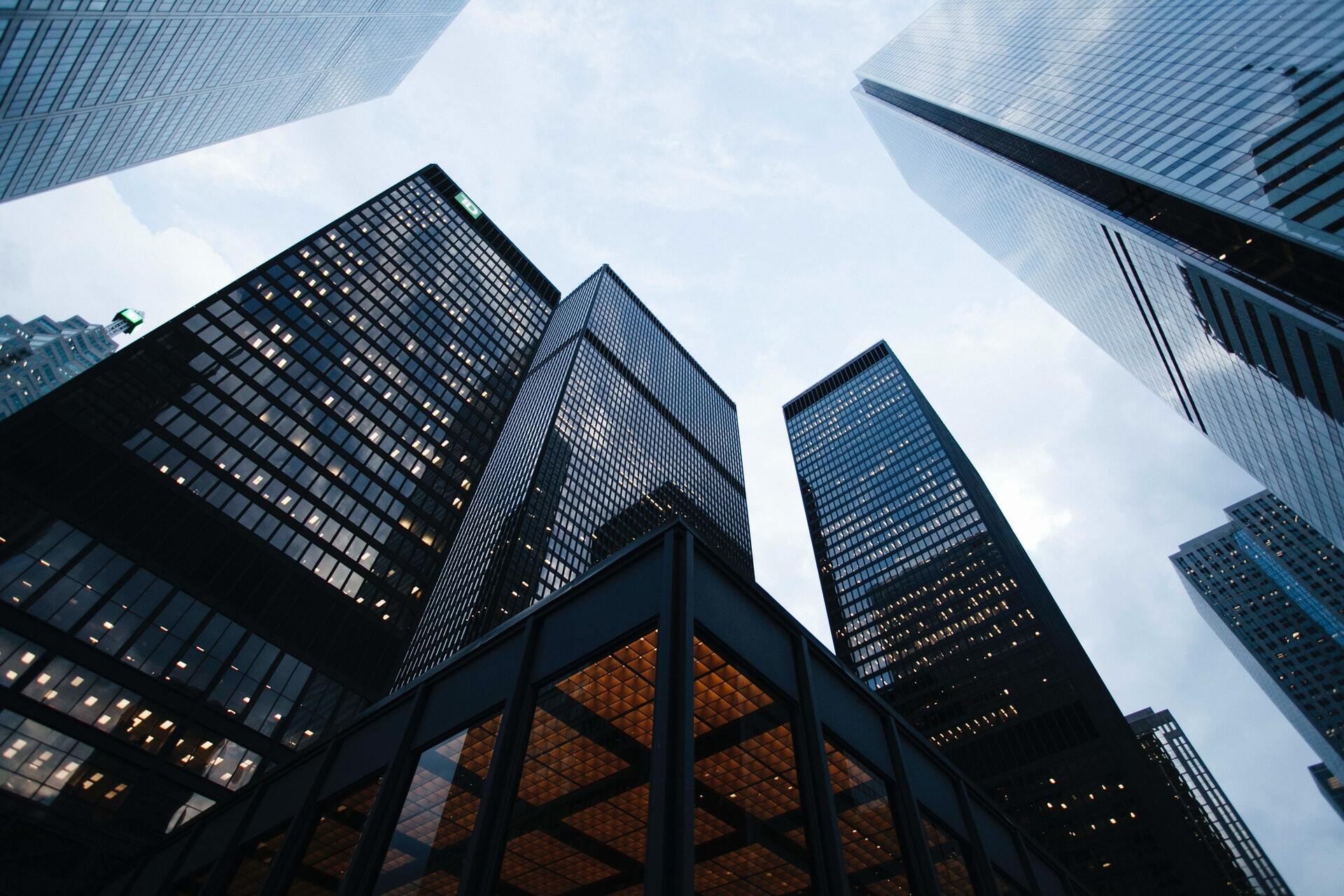High-density construction is better for the environment

The question of where people live is multifaceted. While some enjoy the quiet of rural life, it does leave a lot to be desired when they need services like specialist doctors and even simple luxuries like grocery delivery. Furthermore, all that sprawl impacts climate change. Residential buildings contribute 20% of total greenhouse gas emissions.
Living closer to major metropolitan areas has decided advantages, not least of which is sustainability benefits. Here’s why high-density construction is better for the environment.
It Reduces Transportation Needs
High-density construction helps most in reducing transportation needs and the associated emissions. More amenities nearby enable people to go without a personal vehicle, saving money and the planet. Many individuals spend most of their income on their homes and autos. One recent study found that the average car payment rings in at $568 a month. There’s also fuel costs, insurance and maintenance.
However, it makes little sense for those living in places like New York to pay all that money — the traffic and lack of available parking make it faster to walk than drive. People can save $600 or more a month by residing in such a location, but cash isn’t the only green they’ll save. They’re also keeping more cars off the road, reducing overall emissions.
Passenger vehicles emit approximately 4.6 metric tons of carbon dioxide each year. That’s assuming the car gets around 22 miles per gallon. Each gallon of gas burned produces nearly 9,000 grams of CO2.
Furthermore, many cities have well-designed public transportation systems that can take people where they need to go without producing nearly the emissions as the number of cars required for the same task. Consider this comparison: A typical car gets only 25 passenger miles per gallon. Conversely, a bus gets 163. Furthermore, vehicles carrying only one person emit 89 pounds of CO2 per passenger mile while buses emit only 14.
Many cities now use alternative fuels for public transportation. For example, Juneau, Alaska, recently made headlines for launching the first fully electric passenger bus. The District of Columbia rolled out its all-electric bus fleet in 2018. Albuquerque, New Mexico, and Columbus, Ohio, are other cities that have switched to this transportation mode.
Of course, the greenest methods of transportation remain walking and biking. Many cities seek to improve their roadways to make them more accessible to foot and bike traffic. Some, like Scottsdale, Mesa and Tempe in the Phoenix metro area, have bike share programs. People can pick up a cycle and drop it off when they reach their destination. Such innovations enable everyone of any income level to participate in green initiatives.
It Helps Preserve Natural Areas and Minimize Sprawl
While the Phoenix metro area may have bike programs to boast about, it is unfortunately also the poster child for urban sprawl. Excess concrete and stone steal away natural habitats. They also contribute to overall rising temperatures. Because of the urban heat island effect, such places might be as much as 22 F warmer than their suburban counterparts.
High-density construction can add to the heat island effect when poorly planned. However, modern techniques allow high-rise apartment complexes to become more sustainable. For example, using green roofs helps lower temperatures while providing a useful oasis for building occupants. Residents can use such gardens to relax, meditate and reduce food costs by planting vegetables and fruits. Restaurants can serve fresh, organic produce grown right on the premises.
Furthermore, high-density construction lends itself to green energy initiatives. Consider the recent Yale study regarding turning parking lots into solar farms. Such innovative designs have decided benefits, including keeping vehicles cooler in the summer. City residents could benefit from lower utility costs while visitors enjoy a more convenient experience.
However, construction density isn’t the only factor to consider in overall sustainability. It reduces sprawl, but wise city planning is essential. Countless studies have shown the vital nature of green spaces in promoting human health.
City planners should include ample room for parks and trees when designing new residential areas. Concentrating housing in smaller spaces leaves more room to play and roam. They can also encourage healthy initiatives like community gardens that help keep residents nourished with fresh, organic produce.
It Allows for Mixed-Use Structures and a Smaller Overall Footprint
High-density construction encourages mixed-use structures. Remember the days when the pharmacist lived in an apartment above the apothecary shop? They didn’t have much of a commute. Plus, they could run downstairs to turn off a light if they forgot to do so before leaving for the night.
According to the Environmental Protection Agency, single-family homes account for 80% of the nation’s overall housing energy expenditure, with multiuse housing comprising 15% and the remainder coming from mobile homes. Most of the difference is due to heating and cooling costs — it’s far more economical and green in apartment buildings.
The Environmental Benefits of High-Density Construction
Many factors influence where people live. However, the reality of climate change means making sustainable choices.
High-density construction is better for the environment than single-family homes and offers multiple resident benefits. There are simply too many positives to ignore.



